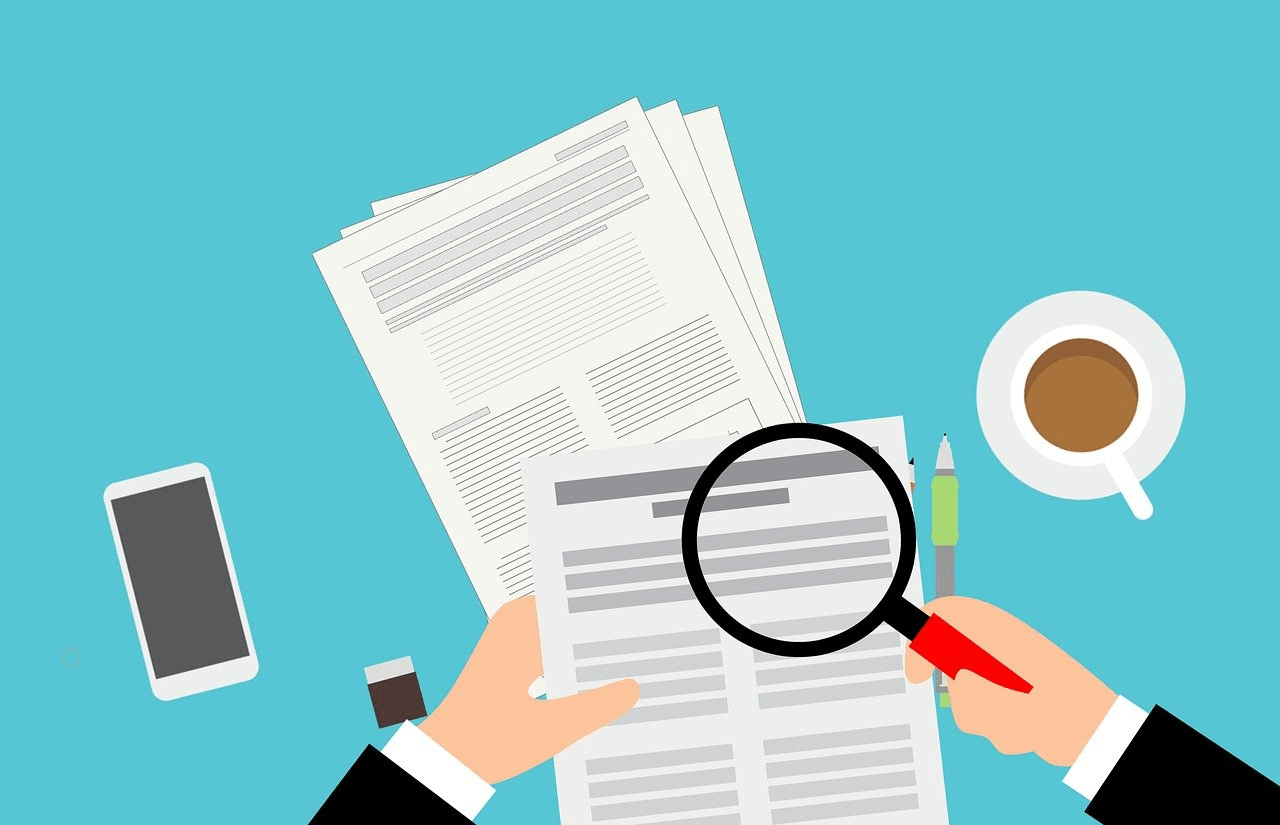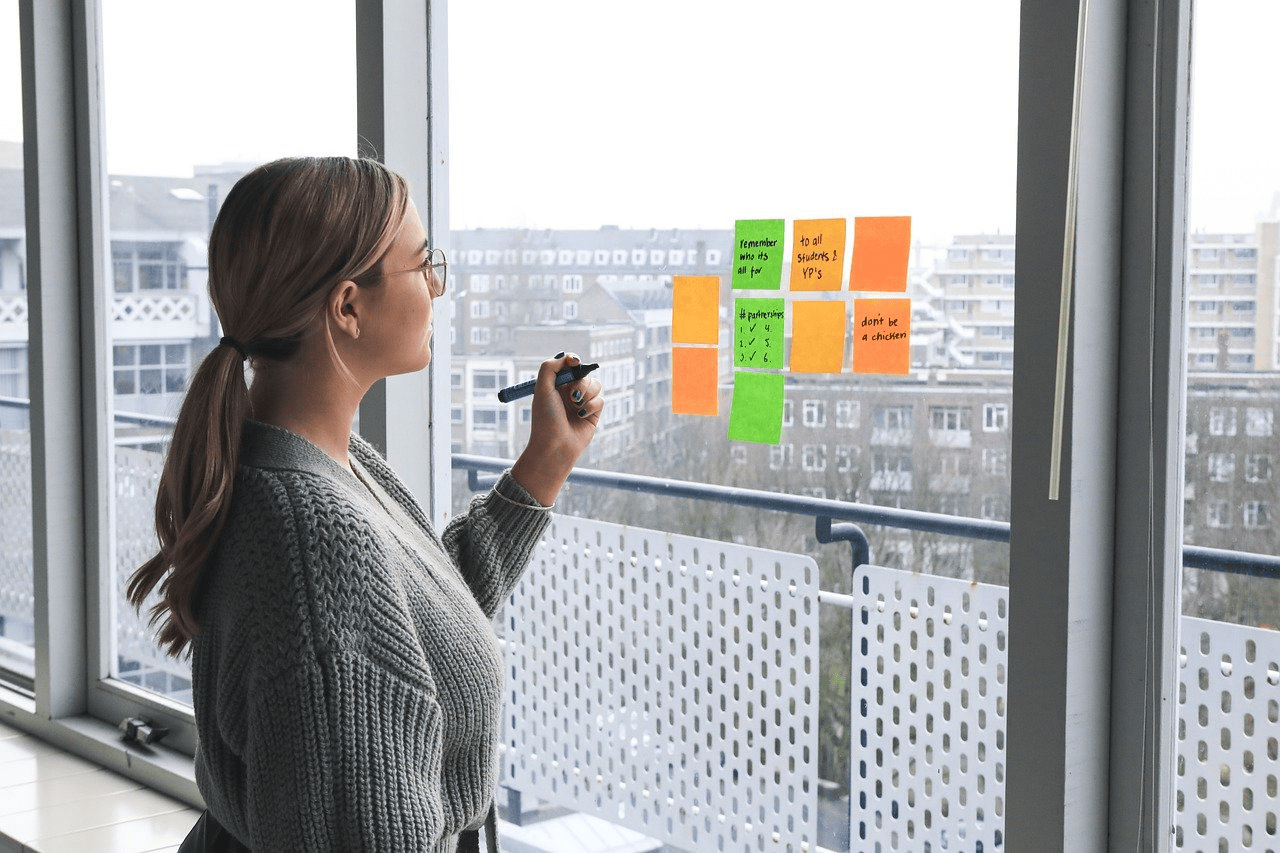The project status report is that particular document that the project manager is required to draft. These are regular reports that include information about the project aimed to update stakeholders on the progress of the work.
CONTENT
- What is a project status report?
- How to create a project status report
- 1. Name the report
- 2. Indicate project status
- 3. Provide a summary of the status report
- 4. Divide into key areas or milestones
- 5. Add a high-level overview for each key area
- 6. Adding links to other documents or resources
- 7. Pay attention to any problem or challenge you encountered in the project
- 8. Include additional notes or highlights
To ensure that these updates contain the essential information that stakeholders need, we will detail how to create this type of documentation in this article.
What is a project status report?
It is a document that describes the progress of a project within a specific time frame and compares it to the project plan.
Project managers use status reports to keep stakeholders informed of progress and track costs, risks, time, and labor. This reporting can be either transmitted directly or communicated during a status meeting.
The project status report will generally include the following:
- The work that has been completed.
- The plan for what will follow.
- The summary of the project budget and schedule.
- A list of action items.
- Any problems and risks and what is being done about them.
The benefits of using the project status report are:
- Create and enable stakeholder consensus.
- Provide transparency on progress.
- Help identify problems and risks.
- Identify the status of the work being done.
- Provide an indicator of the health of the project.
- Preventing unpleasant surprises.
- Provide a method for holding project members and various stakeholders accountable.
How to create a project status report

A project status report can be weekly, monthly, or quarterly.
Regardless of the scope, the steps for creating this document are essentially the same. Here are which ones:
1. Name the report
A great option is to use the project name for clarity and progressive numbers and dates.
2. Indicate project status
This means indicating whether the project is currently on track, at risk, or off track. The health of the project can be shown visually rather than in narrative form, using a predetermined color code to represent the status of each element:
- Green = on track,
- Yellow = at risk,
- Red = off track.
3. Provide a summary of the status report
The summary of the project status report should be short, about 2-3 sentences. The goal here is to give readers who may not have time to read the most important information and essential facts.
4. Divide into key areas or milestones
Choose and divide the report into key areas; for example, you could break things down chronologically: what we’ve done, what we’re working on, and what will happen next, like a calendar. Or the report can be broken down into weekly, monthly, and quarterly segments. Another option is to group updates by role: marketing, design, IT, administration, etc.
5. Add a high-level overview for each key area
For each key area included in the project status report, it is crucial to add a few summary bullet points that provide a quick overview of progress, accomplishments, and upcoming work.
6. Adding links to other documents or resources
Even if you don’t want to include every little detail in such a report, some people will want to know more. For those interested parties looking for more in-depth information, provide links to documents or resources that allow a more detailed view.
7. Pay attention to any problem or challenge you encountered in the project
All projects face obstacles. Keeping stakeholders in the loop when issues arise will help everyone know what’s going on and adjust accordingly.
8. Include additional notes or highlights
These could be a list of next steps, compliments, and thanks to someone, or anything else worth highlighting in the report.
By leveraging Twproject, we can now generate reports with accurate and precise figures, making it possible to demonstrate and justify the work done.

The foundation for effective project status monitoring and reporting is laid as early as project planning.
The project manager and stakeholders set clear goals and checkpoints to measure progress and on which project status reports will be based.
The actual value of a project status report goes beyond its use as a communication channel, as it also provides a documented history of the project.
This can provide historical data that, during a similar project in the future, can help avoid missteps or bottlenecks.
Because project status reports cover many critical topics in a summarized manner, they can take time to be created.
However, good project management software can speed up and significantly improve the reporting process by having instant access to all the most critical information and status of activities.
It is essential to keep in mind that stakeholders rely on the project status report to make decisions.
Therefore, project managers must provide complete and accurate information.
If you have not already done so, try TWproject for free.





























